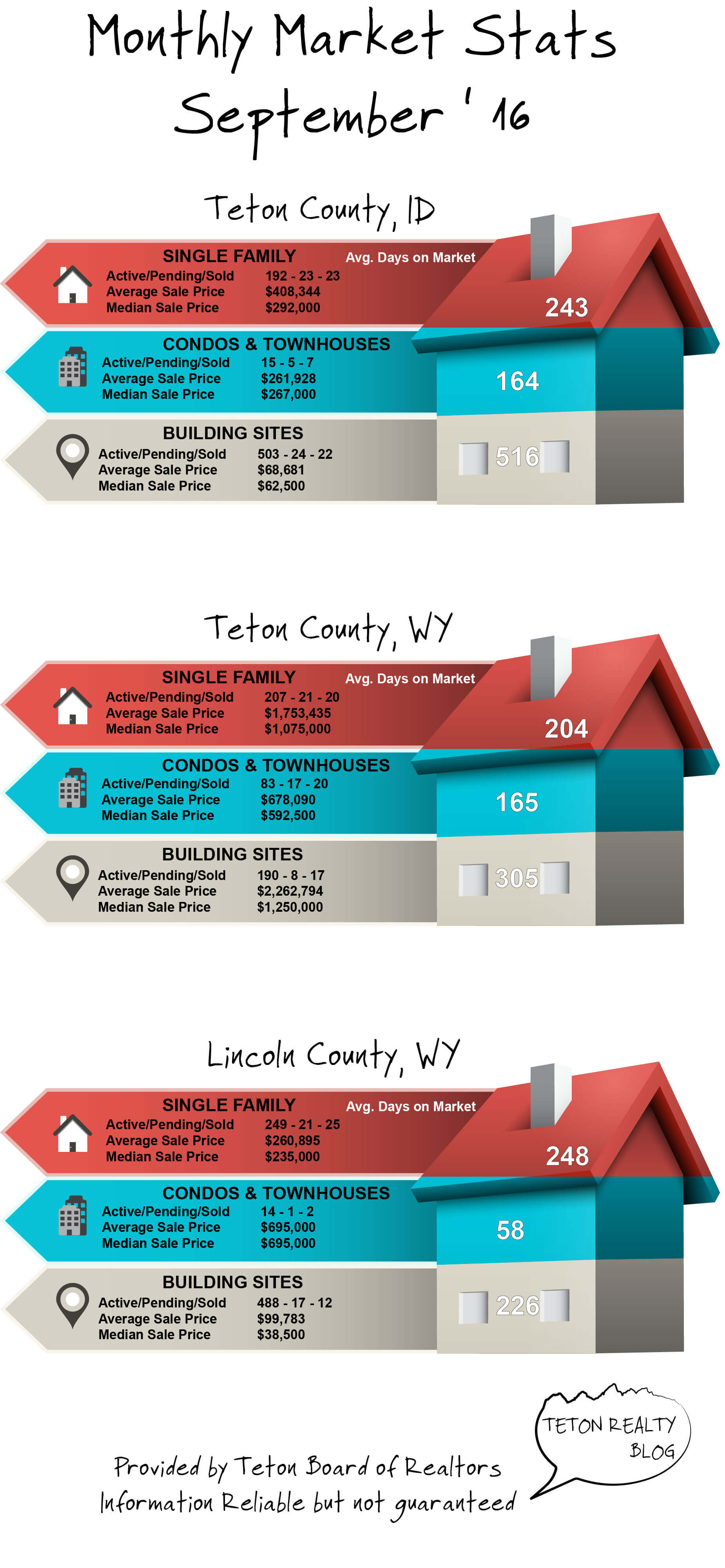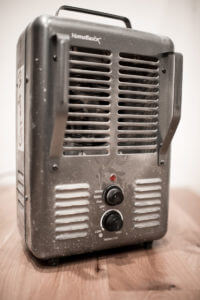 Depending on where you are from, you’re probably used to seeing real estate agents that typically work with residential home buyers and lot sales. Then, you have the commercial real estate brokers who are described by many as a “whole ‘nother animal”. This is usually because commercial real estate agents don’t do much in terms of residential sales. In some cases such as Idaho Falls, the brokers network with one another as well as more regional (or brokers in other regions) commercial brokers, and the local client base. It was described to me as “a lot of going out to lunch” (networking) when I asked a local real estate professional about trying to find information in the local MLS, which oftentimes commercial agents don’t do. Anyway, they hold things close to their chest. Maybe that’s because they are protecting their client base and interest as a commercial broker, or maybe it’s simply because they don’t need to use the MLS because it’s not the way it works in that area.
Depending on where you are from, you’re probably used to seeing real estate agents that typically work with residential home buyers and lot sales. Then, you have the commercial real estate brokers who are described by many as a “whole ‘nother animal”. This is usually because commercial real estate agents don’t do much in terms of residential sales. In some cases such as Idaho Falls, the brokers network with one another as well as more regional (or brokers in other regions) commercial brokers, and the local client base. It was described to me as “a lot of going out to lunch” (networking) when I asked a local real estate professional about trying to find information in the local MLS, which oftentimes commercial agents don’t do. Anyway, they hold things close to their chest. Maybe that’s because they are protecting their client base and interest as a commercial broker, or maybe it’s simply because they don’t need to use the MLS because it’s not the way it works in that area.
Regardless of the reason, the training, lingo, and education is indeed entirely different. Things like allocation, highest and best use, different types of commercial leases, trade fixtures, and many more other items come into play, that don’t apply to residential real estate. In many cases agents that begin working with the commercial real estate applications are oftentimes considered to have changed careers entirely. If they decide to continue working with all forms of real estate, additional training and even Realtor designations come into play.
Now that we have a grasp on the differences between the two types of Brokers, and how they do business in our area, such as Teton Valley, Jackson and surrounding areas? In my experience, there are different types of agents here, but that usually applies more to agents who specialize in farm and ranch and Residential rather than residential and commercial. Typically, any agent that has an opportunity to work with a commercial project or Prospect does so regardless of their experience or training. It’s worked for many years here and particularly in Jackson. While there are many agents who do have specific commercial real estate training, many do not. To complicate things further, comes the property management aspect. Because our area borders both Idaho and Wyoming, we find that they are different state regulations for property management which is also involved with commercial real estate applications in most cases. Wyoming Agency Law requires licensure for property management practice. However, Idaho is one of the only States in the Nation that does not require licensure for property management practice. So, we do see some separation with property management firms in the Jackson area that do carry real estate licenses to practice commercial primarily because of the property management aspect. Then, you get to Teton Valley, ID where you have residential real estate brokers practicing commercial real estate, that don’t necessarily practice property management because there are independent companies handling these tasks in most cases.
We are not likely to see dedicated commercial firms come to our region because of the lack of available work. However, it is important to understand that there are many moving parts to commercial real estate applications and property management. It would be prudent for those interested in working with a local Realtor to understand that Realtor’s knowledge in the commercial real estate sector. We do find in some cases that out-of-area commercial real estate brokers are brought into our area. However, because it is customary here to work in conjunction with the MLS with regards to Commercial Real Estate, and the fact that these out-of-region or out-of-state Brokers do not have access to our local MLS, it is far less effective from a marketing standpoint. We also find that because these non-regional commercial brokers do not understand the local market, it complicates things further.
The National Association of Realtors does have special training and designations for commercial real estate, such as the CCIM designation.

 ***Tayson is not a Title expert! Always consult with your Title Company, or attorney when reviewing an actual policy, or Commitment for Title Insurance.
***Tayson is not a Title expert! Always consult with your Title Company, or attorney when reviewing an actual policy, or Commitment for Title Insurance. Whenever I am showing property or listing homes for sale, (particularly this time of year) this tends to be a “hot” topic. How is the home heated? How efficient is the system? Is it comfortable and reliable? All good questions, but 1 system can’t check all the boxes in most cases.
Whenever I am showing property or listing homes for sale, (particularly this time of year) this tends to be a “hot” topic. How is the home heated? How efficient is the system? Is it comfortable and reliable? All good questions, but 1 system can’t check all the boxes in most cases.